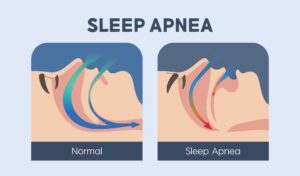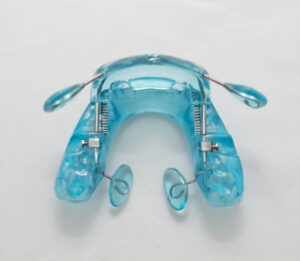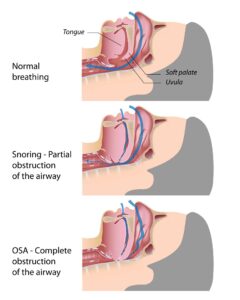
Introduction
Obstructive Sleep Apnea (OSA) is a common sleep disorder characterized by the repeated cessation of breathing during sleep due to the collapse of the upper airway. Left untreated, OSA can lead to a host of health issues, including cardiovascular problems, daytime fatigue, and decreased cognitive function. Oral Appliance Therapy (OAT) is a versatile and comprehensive approach to treating obstructive sleep apnea (OSA). In this article, we will explore the advantages of using OAT to treat obstructive sleep apnea.
Advantages of OAT:
Effective for Sleep Apnea: OAT is a well-established treatment for mild to moderate OSA. These custom-made oral appliances work by repositioning the lower jaw and tongue forward, which helps to keep the airway open during sleep, reducing instances of apnea and improving breathing.
Improved Sleep Quality: OAT significantly improves sleep quality by reducing interruptions in breathing. It enables users to experience more restful and rejuvenating sleep, leading to increased daytime alertness and overall well-being.
Non-Invasive: OAT is a non-invasive treatment option. Patients wear these discreet oral appliances in their mouths, eliminating the need for masks or tubes. This non-invasiveness enhances user comfort and compliance.
Customization: OAT devices are custom-made to fit each patient’s unique oral anatomy precisely. This customization ensures optimal comfort and effectiveness, as the device is tailored to the user’s jaw size and shape.
Easy to Wear: Once individuals become accustomed to OAT, wearing the device becomes easy. Unlike CPAP machines, which can feel bulky and restrictive, OAT appliances are compact and only need to be worn during sleep.
Portable: OAT devices are highly portable and require no electricity or specialized equipment. This makes them convenient for travel, allowing users to maintain their treatment regimen even when away from home.
Increased Compliance: OAT is often preferred by individuals who find CPAP machines uncomfortable or claustrophobic. This preference typically leads to better treatment compliance, as users are more likely to continue therapy.
Minimal Side Effects: While some users may experience minor side effects initially, such as jaw discomfort or excessive salivation, these side effects tend to be mild and often resolve over time. Overall, the discomfort associated with OAT is typically less than that of other treatment options.
Customizable Advancement: Many OAT devices are adjustable, allowing users to control the degree of advancement of their lower jaw. This flexibility helps users find the most comfortable and effective position for maintaining an open airway.
Conclusion:
In the realm of obstructive sleep apnea treatment, Oral Appliance Therapy (OAT) shines as a versatile and patient-friendly option. OAT effectively addresses mild to moderate OSA, enhancing sleep quality, and improving daytime functioning. Its non-invasive nature, customizability, and minimal side effects contribute to high patient compliance. The portability of OAT devices makes them travel-friendly, and their customizable advancement ensures comfort and efficacy. Overall, OAT stands as a valuable alternative to traditional treatments, offering a restful night’s sleep and a brighter, healthier tomorrow.





